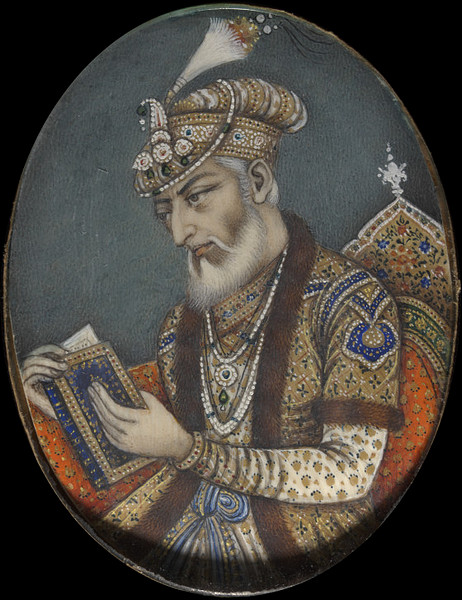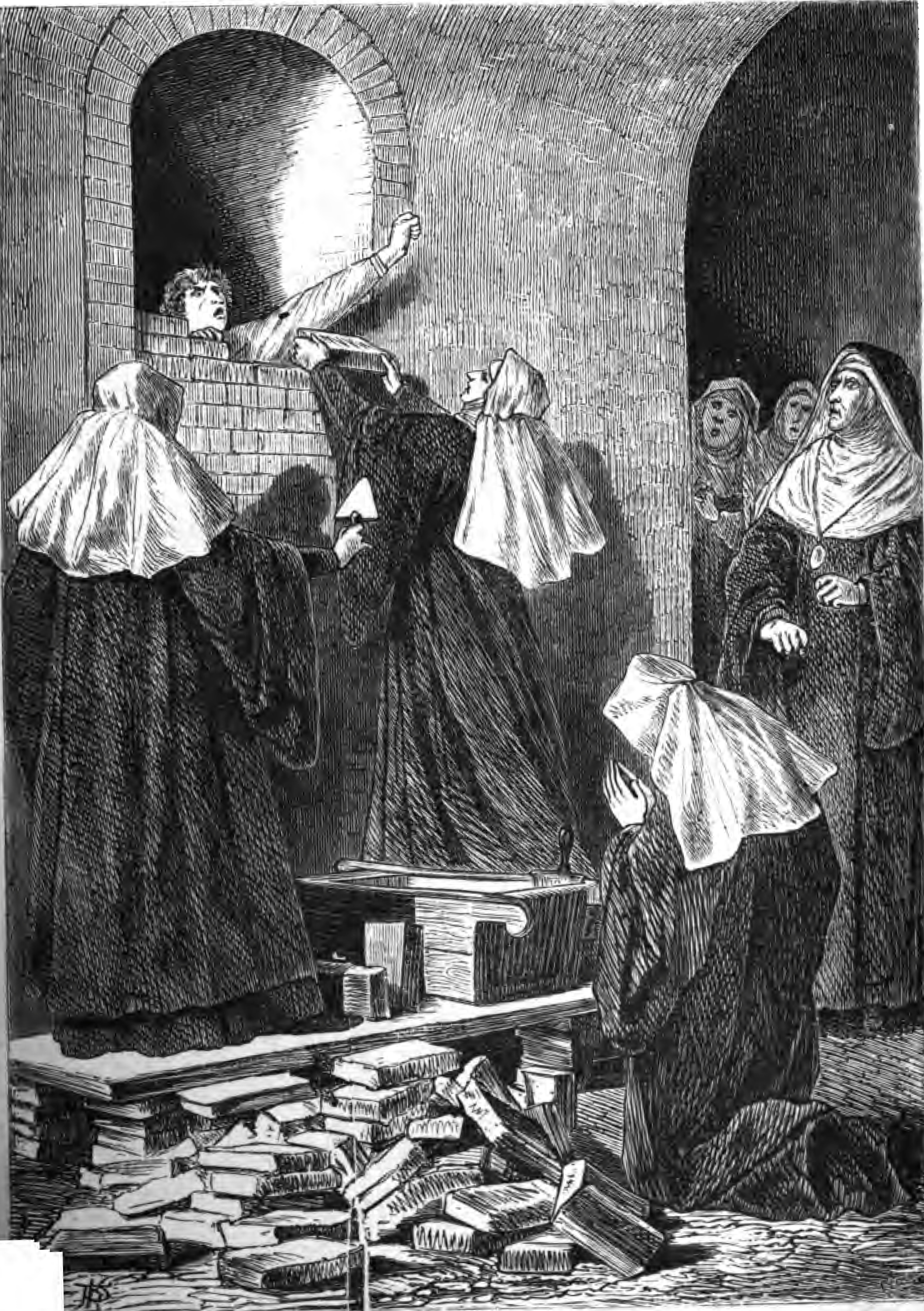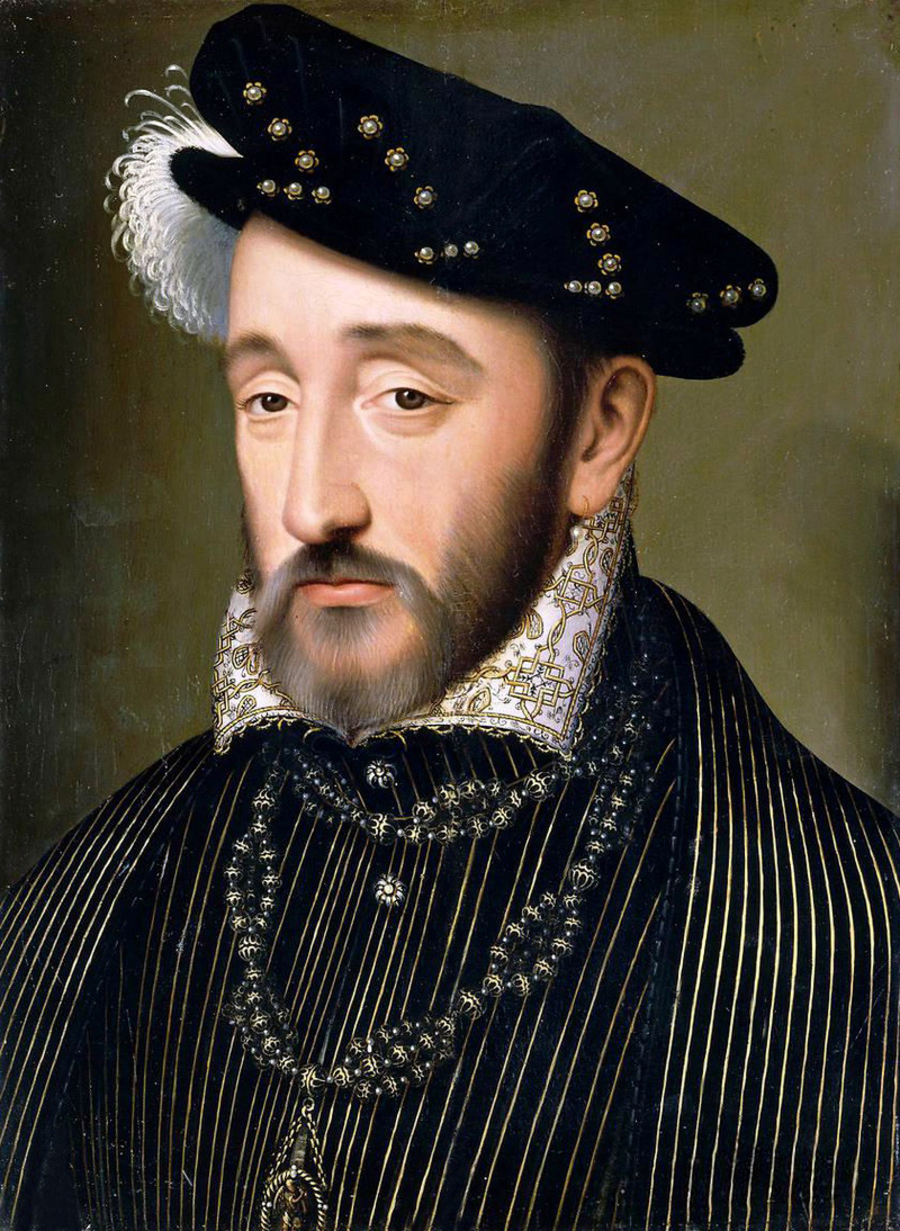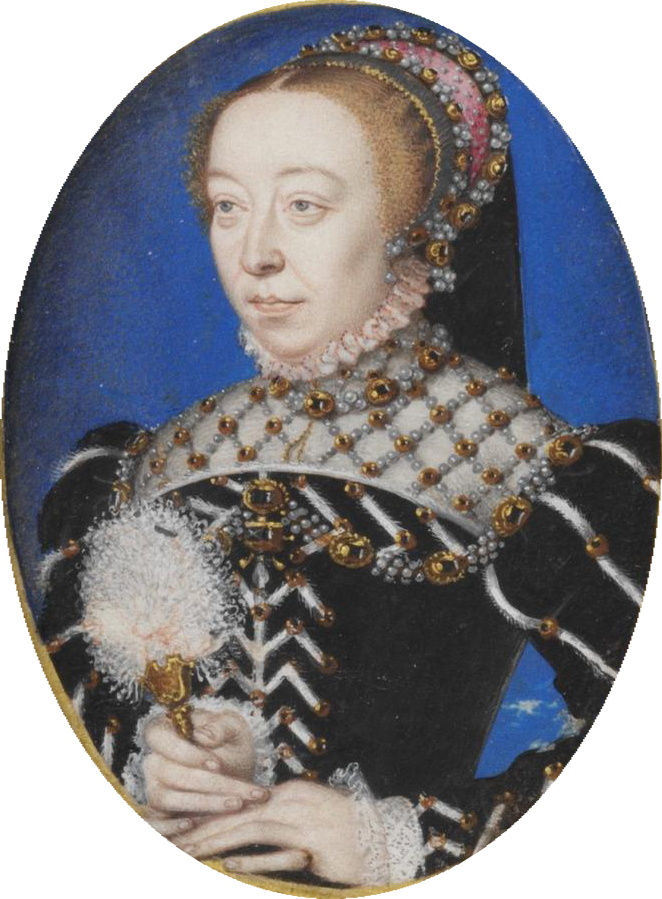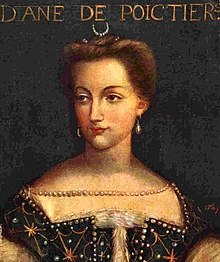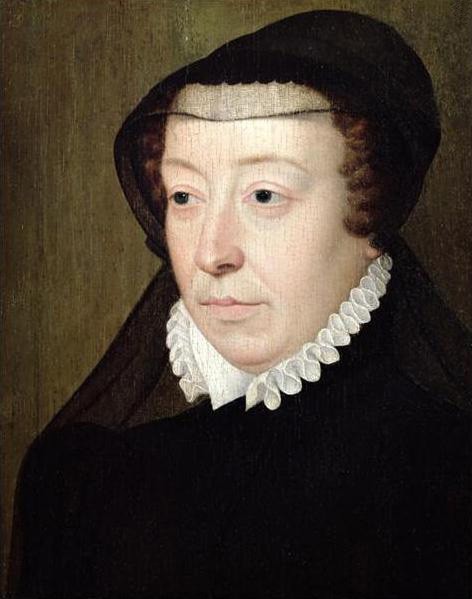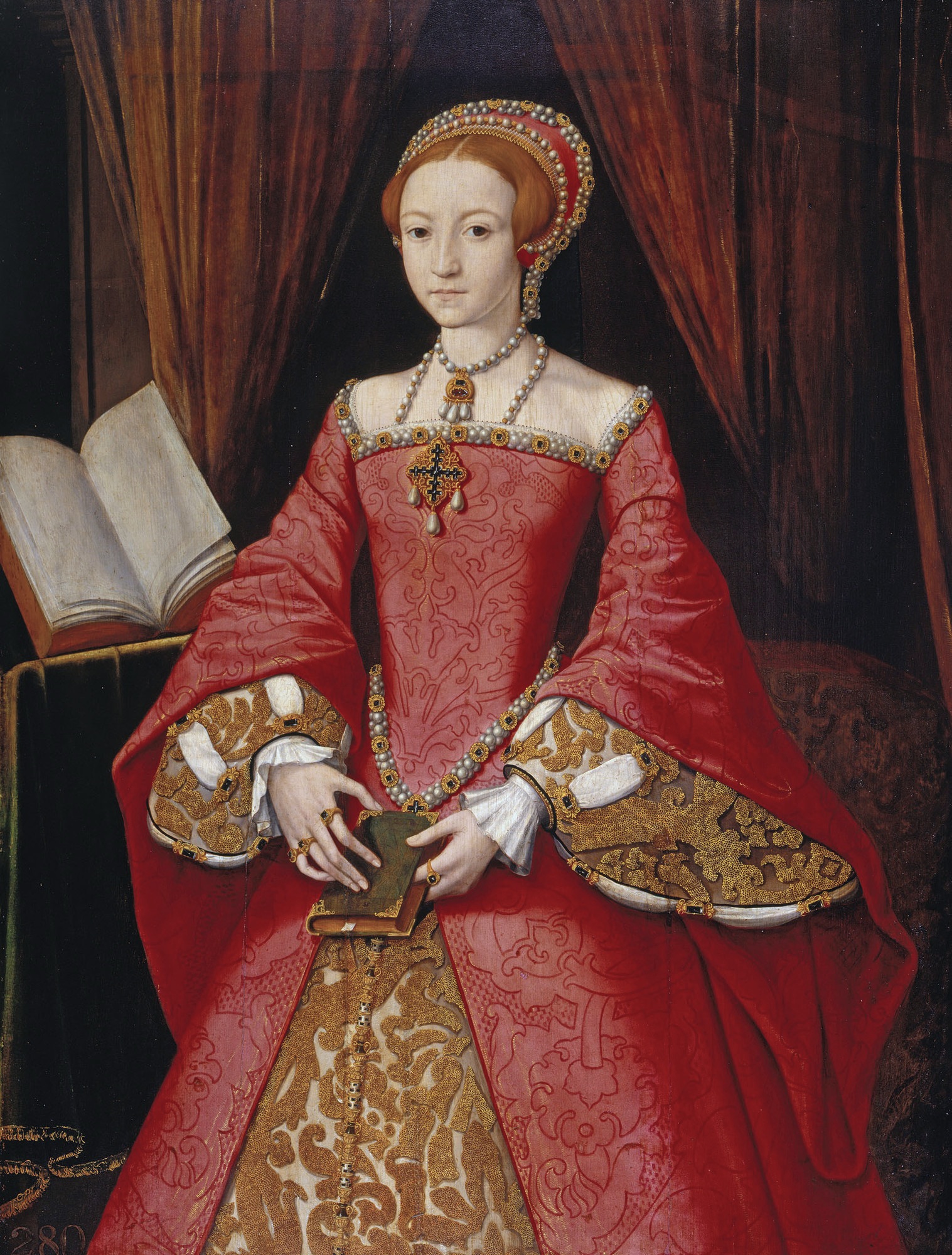 |
| I believe this is about as accurate as any portrait of Her Majesty. |
 |
| I can't decide if she was adorable or terrifying as a baby. Maybe it's just the angle. |
 |
| Maria Theresa was a cute, smart, and relatively non-inbred girl. Her contemporaries described her as being physically fit, strong of mind, and pretty of visage. |
From the age of 14 onwards, her father allowed her to sit in on meetings of the council; she apparently enjoyed this privilege, but her father refused to speak to her about matters of state.
After Maria Theresa, Empress Elizabeth gave birth to two more girls; by this point, the emperor had reached a full-blown panic. He needed a son to secure the line of succession; however, fate had other plans.
Once it became evident that the empress wasn't going to pop out a son anytime soon, Emperor Charles VI started making plans, beginning with the Pragmatic Sanction. This royal act overruled the Salic Law (which prohibited a woman from inheriting her kingdom from her father) and would allow Maria Theresa to take the throne after her father's death.
And then there was the whole marriage conundrum. This woman was set to inherit one of (if not the) largest and most profitable empires in the world. Who would be her husband? Even more importantly, who had enough connections to take this fab lady's hand in marriage and few enough to warrant a power shift in Europe? If Europe hates one thing, it's an imbalance of power. A myriad of negotiations ensued, and eventually the courts and salons of Europe decided on a guy named Francis Stephen, the duke of Lorraine.
 |
| The happy couple. |
 |
| Yes, the veritable crowd in the background consists only of her children. |
Under Frederick II (King of Prussia), the rest of Europe formed a coalition against the new empress of the Holy Roman Empire. Prussia invaded Silesia (an Austrian province) and claimed it for their own. Bavaria and France jumped in and attacked other Habsburg territories, resulting in a huge 8-year European conflict known as the War of Austrian Succession. Considering that the war began when Maria Theresa had only been queen for a month and a half (with little political experience), the Holy Roman Empire escaped the war relatively unscathed, although they did lose Silesia to Prussia and a couple Italian territories to France.
Once the war ended, Maria Theresa could finally focus on internal affairs. She centralized power from her territories, thus beefing up her army AND her pocketbook. She also steamrolled over several corrupt and defunct government functions, combining them into the centralized General Directory.
With newly increased revenue from her domestic reforms, Maria Theresa was able to strengthen defense efforts; despite the fact that it was peacetime, she knew that she needed to prepare for the inevitable war with Frederick II (you know, because he was kind of a warmongering jerk). She also managed to secure an alliance with her old enemy, France, by marrying off her young daughter, Maria Antonia (later known as Marie Antoinette) to the dauphin (the heir) of France. This keen move ticked off Frederick II, who had planned on counting France as an ally for his upcoming war. He fumed as Maria Theresa laughed from her sumptuous palace.
Frederick II decided to continue his warmongering ways and again waged war against the great empress. To her dying breath, Maria Theresa claimed that she would have gone into battle herself had she not been continuously pregnant. Becoming known as the Seven Years War, this conflict ended at the death of Empress Elisabeth of Russia (another kick-butt female monarch), one of Maria Theresa's greatest allies. When Elisabeth died, Russia withdrew. The war ended in a peace treaty in 1763.
 Unfortunately, in 1765, tragedy struck. Maria Theresa's beloved husband, Francis, died. His death hit her so hard that she wore only black for the rest of her life as a sign of her mourning.
Unfortunately, in 1765, tragedy struck. Maria Theresa's beloved husband, Francis, died. His death hit her so hard that she wore only black for the rest of her life as a sign of her mourning.Two years later, Maria Theresa contracted smallpox from her daughter-in-law, Maria Josepha of Bavaria. She survived, but her daughter-in-law did not. Maria Theresa took one of her daughters (who also happened to be named Maria Josepha) to pray at the Imperial Crypt near the unsealed tomb of the deceased Maria Josepha. Maria Theresa's daughter contracted smallpox (most assume from the dead body of her sister-in-law) two days after and died; Maria Theresa believed it to be her fault and never forgave herself.
Maria Theresa is remembered as being an...interesting mother. Basically, if you were one of her favorite children, she allowed you to marry for love (i.e. Maria Cristina). If you weren't, you were a political pawn to be married to whomever best served Maria Theresa's interests at the time, even if you were miserable (i.e. all of her other children). She was a devoted yet highly critical mother; she wrote to her each of her children at least once a week. To some of the more disappointing children, she wrote even more often (i.e. Marie Antoinette, who she criticized for being "lazy," "frivolous," and seemingly "unable to conceive of a child."). This criticism wasn't exclusively given to Marie Antoinette; she reprimanded every single one of her daughters (even her favorite, Maria Cristina) for not being fertile enough.
After the death of her husband, her eldest son, Joseph II, became her co-regent. Unfortunately, the two clashed on nearly everything. She was highly conservative; he flirted with the ideals of the Enlightenment. They bickered and fought; both threatened to abdicate on numerous occasions. However, the rule of these two served as a transition period between the "old ways" of Maria Theresa and the "Enlightened" despotism of Joseph II after her death.
She died on November 28, 1780 at the age of 63. With her died the House of Habsburg, to be replaced by her son's House of Habsburg-Lorraine. Maria Theresa left behind a revitalized and stabilized empire that influenced Europe for the whole of the next century.
At her death, her full title was: (*deep breath*)
 |
| The burial crypt shared by Maria Theresa and her beloved husband. |















